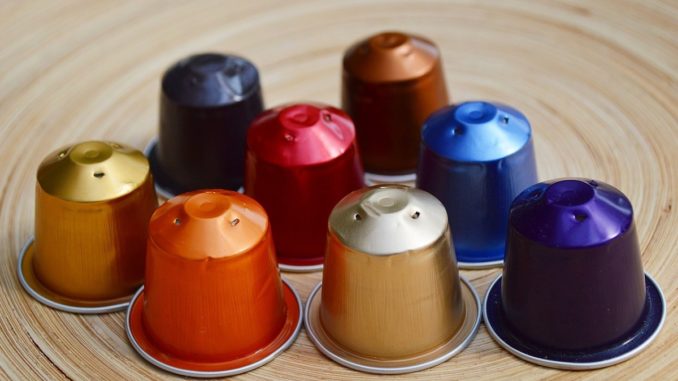
While convenient and popular, single-use coffee pods are viewed by many as an environmental nightmare.
Potentially better than previously thought, depending on how you look at it.
There is no question that throwing away the little pods every day is wasteful. That part was not up for debate. But what new researchers are saying should be considered is the entire journey of brewing a cup of coffee.
In some cases, brewing a cup of joe in an old-school filter coffee maker can generate roughly 1.5 times more emissions than using a pod machine, according to a new analysis by researchers at the University of Quebec at Chicoutimi in Canada.
The researchers say that in terms of evaluating environmental damage, it is important to look at a product’s entire life span, beginning when it is made and ending when it hits the landfill.
Not wasting water or coffee is coming into focus as previously un-thought-of waste.
“As a consumer, what we’re left with is the visible waste in front of us, and that often tends to be packages and plastics,” said Shelie Miller, a professor of sustainable systems at the University of Michigan School for Environment and Sustainability, who was not involved in the new analysis. “But the impact of packaging, in general, is much, much smaller than the product itself.”
The study examined four comms brewing techniques. It found that instant coffee appears to produce the least amount of emissions when the recommended amounts of water and coffee are used.
This is in part because there is typically a small amount of instant coffee used per cup and boiling water in a kettle tends to use less electricity compared to a traditional coffee maker.
In addition, pod coffee does not produce coffee grounds to be thrown away.
The key, the researchers said, is to be mindful.
“There’s not necessarily a really easy rule of thumb to tell consumers, ‘Here’s the best environmental option,’” Miller said. Instead, she recommends focusing on reducing waste and consumption overall and trying to be as efficient as possible with the resources you have.”

Be the first to comment